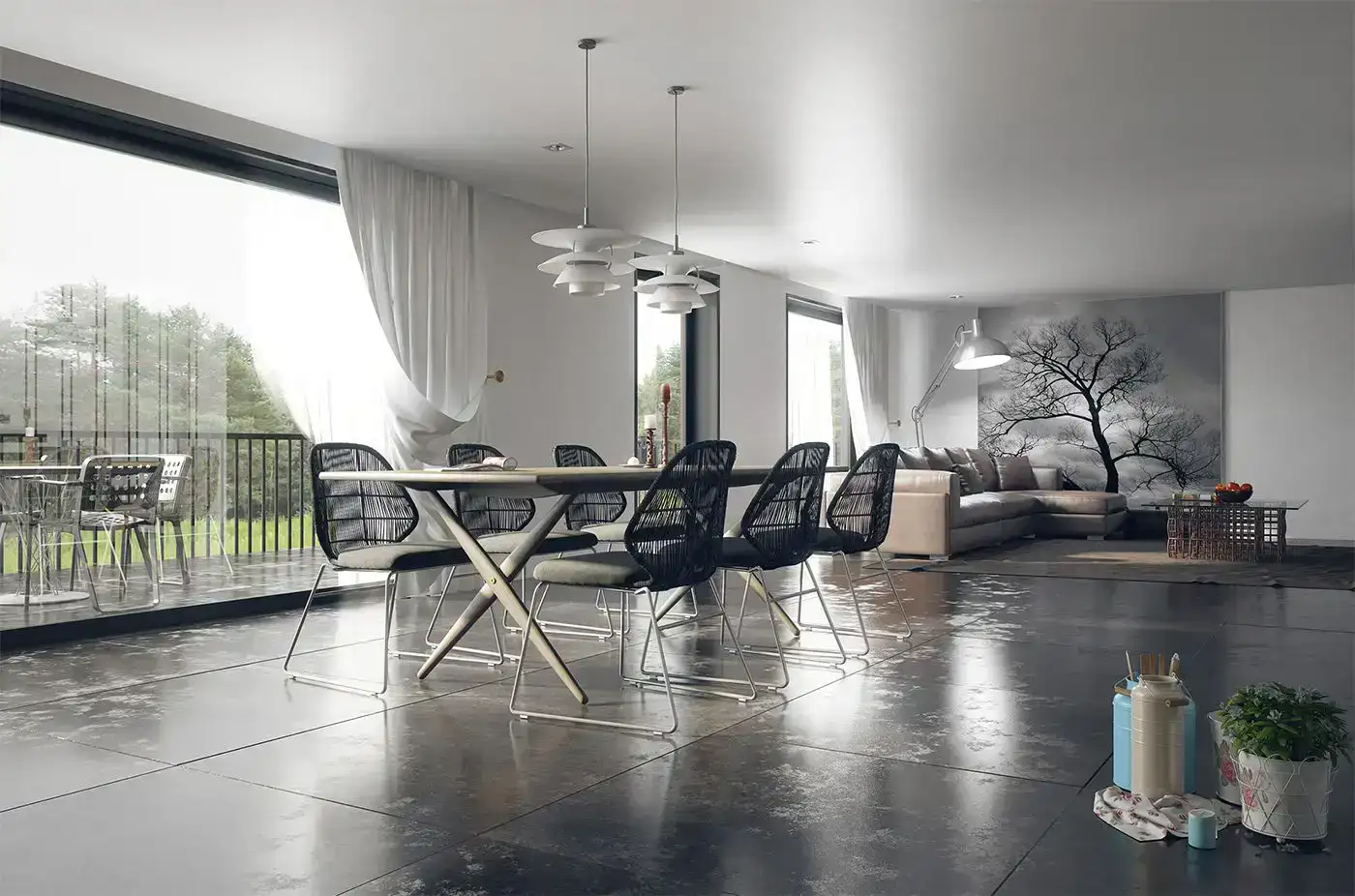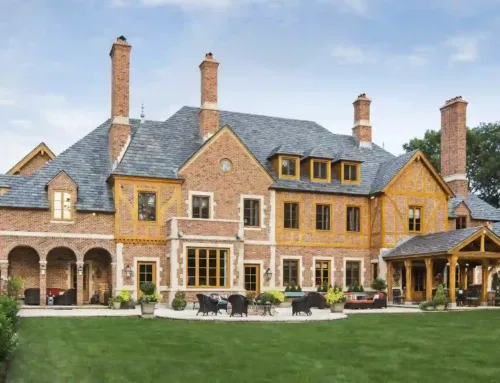Beginner’s Guide to Creating Realistic 3D Renders
Creating a realistic 3D image is the process of converting a digital model into a realistic image. It opens up new ways for beginners to be more creative in the fields of architecture, digital art, and product design.
However, realistic rendering is processed through new methods. Your rendered image will look like a real one. It does not matter that you are working on a new project or viewing a new idea. Understanding the basics of rendering will help you create an image that is real. So here’s the method for using basic techniques and tools to create such an image that feels real.
DIVE INTO OUR BEGINNER’S GUIDE TO CREATING REALISTIC 3D RENDERS AND LEARN THE ESSENTIAL WAYS FOR LIGHTING, TEXTURING, ETC!
Understanding the Basics of 3D Rendering
3D rendering involves converting 2D details into a 3D image through different software. The goal of creating 3D graphics is to show the client everything that is going to happen in their project during construction. An effective 3D model needs to be detailed in textures and materials. The model shows the object and environment, the material shows how the model looks, and the model engine is used to check how light interacts with it.
There is much software used for rendering, but some user-friendly options are Autodesk 3D Max or SketchUp. All these software use different tools, but the basic purpose is that they help you create 3D rendering projects that actually look realistic, having perfect geometry, texture, and light.
Which things must be taken care of?
Light and Shadows
Lightning can make big impacts in your model. A good designer knows how to play with lights to show the house at its peak hours. When you render, you can create the lightning effects using different types of light. If you use options like Global Illumination and Ambient Occlusion. These options allow you to show your client the space in natural light. You can use different types of lightning depending on the time of day you are willing to show because it is meant to impress the client.
Texturing and Materials
Texture brings surface to life. The software you use for rendering helps you analyze one surface in various textures. First, the designer decides which look they like more. And then they allow the client to decide between a few good options, so the client can decide depending on their taste. This is how the use of different textures and materials helps clients make better decisions about their house.
Composition and Camera Setting
Camera settings matter if you are really willing to make the client happy with your work. Camera settings sometimes give an edge to designers who have a good sense of photography. In this step, the designer basically takes the images of the space from different angles. But these pictures are being taken within that 3D model. But so real that it feels like it is taken in real time. If you are willing to make a realistic model, this is the step you should work extra hard on. Certain tools are available in the software that also assist you in this task. The tools are not discussed here in detail. But you must practice trending software to deliver accurate results.
Modern Rendering Engines
Modern rendering engines like V-Ray provide the best tools to create 3D rendering projects. They provide realistic visuals. These engines are used to calculate behaviour with such great accuracy, which produces a high-quality image.
Although modeling is only half the process. After modeling, the photo is modified using software like Photoshop. You can adjust the lights or set the brightness according to your taste or whatever you understood by talking to the client. Because in the end, all that matters is to satisfy the client. Do not think that rendering is an easy job because it is highly demanding. Time is the first demand, and you have to work till your back hurts. Adjusting settings is a long and demanding task. So learn to do things gradually at the start.
Working with Professionals
If you are working on a large-scale project where high quality is needed, try to hire 3D Rendering services to work flawlessly. These firms have qualified people who are experts in making these types of animations. They use advanced software. Working with professionals and learning directly from them gives you knowledge that books cannot.
Final Thoughts!
Creating realistic 3D renders is a sort of art that you have to learn to grow in the field. As you practice, you get to know more about lights and textures. They are the main components that you need to make these visuals. Keep working on different projects to polish your skills. Use real data and projects to practice. This way, you will see what kind of problems you face in real time. Whether you are an individual learning to make a rendering or working with a visualization company, all you need to do is experiment with your work.





